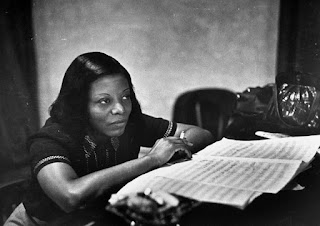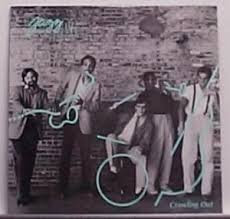IVCI renews its Laureate Series with silver medalist Tessa Lark's homage to Fritz Kreisler

Famous for his eminence on the concert stage for most of the 20th century's first half, Fritz Kreisler also had a career notable for two major interruptions. Thus in a sense it was natural, Fritz Kreisler has unique charisma among violinists. given the interruptions the International Violin Competition of Indianapolis has had to navigate during the pandemic, for the resumption of its Laureate Series to pay homage to the illustrious Austrian violinist-composer. As a performing artist, Kreisler (1875-1962) was sidelined twice and rebounded both times. The first was a cataclysm that affected millions, World War I, when the burgeoning virtuoso rendered army service and largely laid the violin aside. Tessa Lark exhibits wide range of musical interests. But the bulk of his fame lay ahead of him, with a level of concert and recording activity only to be interrupted by a serious traffic accident in New York City in 1941. His recovery from this potentially career-ending mishap gave him a



